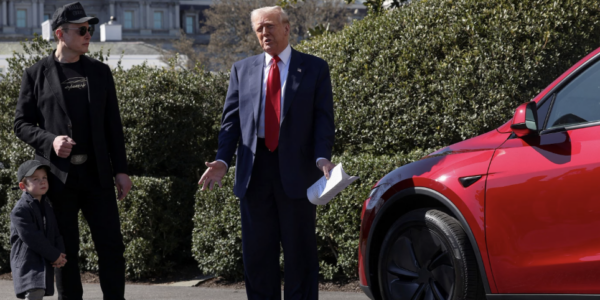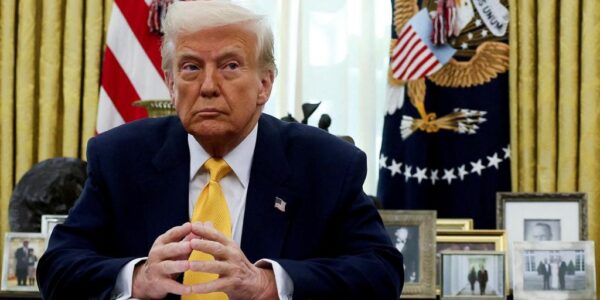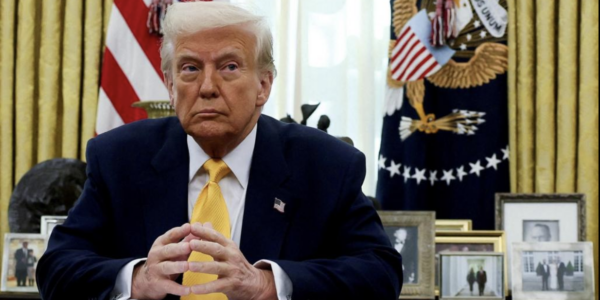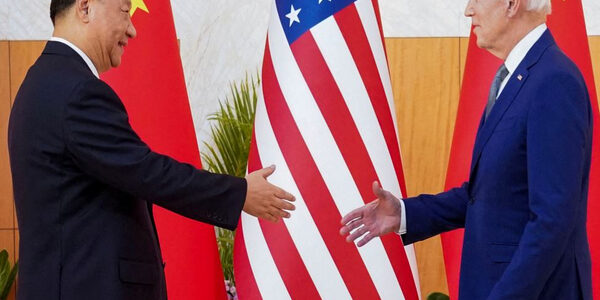Donald Trump Buys a Tesla: A Statement on Business, Tariffs, and the U.S. Economy
The former President of the United States, Donald Trump, conducted a high-profile meeting alongside Tesla CEO Elon Musk to focus on American industrial production, trade policies, and economic matters at the State House. When Trump disclosed his Tesla purchase at the meeting, he launched a discussion covering economic revival, job creation, and energy independence.
Trump halts his intention to impose 50% tariffs on Canada on steel and aluminum.
Hours after first threatening to quadruple US duties on Canadian steel and metal imports to 50%, Donald Trump has canceled the plan. Nevertheless, 25% tariffs were implemented and entered into force on Wednesday.
The president’s action follows hours after Trump threatened to drastically raise tariffs on the US, when the Canadian province of Ontario suspended new 25% fees on electricity it exports to some northern US states. It was the most recent trade war conflict that could harm the two North American neighbors economically.
Trump’s 50% Tariffs on Canadian Steel and Aluminum: A Trade War Escalation
President Donald Trump has undertaken a step that escalates trade tensions between the U.S. and Canada by implementing a 50% tariff on the entire volume of Canadian steel and aluminium imports. According to the administration, this action is retaliation after Ontario implemented a 25% surcharge for border states to receive Ontario electricity.
China Responds to US Tariffs but Still Wants Negotiation.
Tariffs are taxes on imported foreign commodities. The companies that import the foreign goods into the country pay the tax to the government. Tariffs typically account for part of the price of a commodity. A 20% tariff on Chinese imports would mean charging an additional $2 on a $10 (£7.76) item. Firms can merely transfer some or all of the cost of tariffs to customers.
The US has tended to put lower tariffs on imports than other countries, so his reciprocal offer would lead to a sharp and dramatic increase in the tax levels and the prices consumers pay at checkout.




